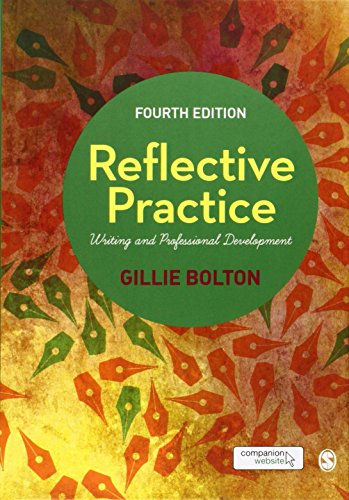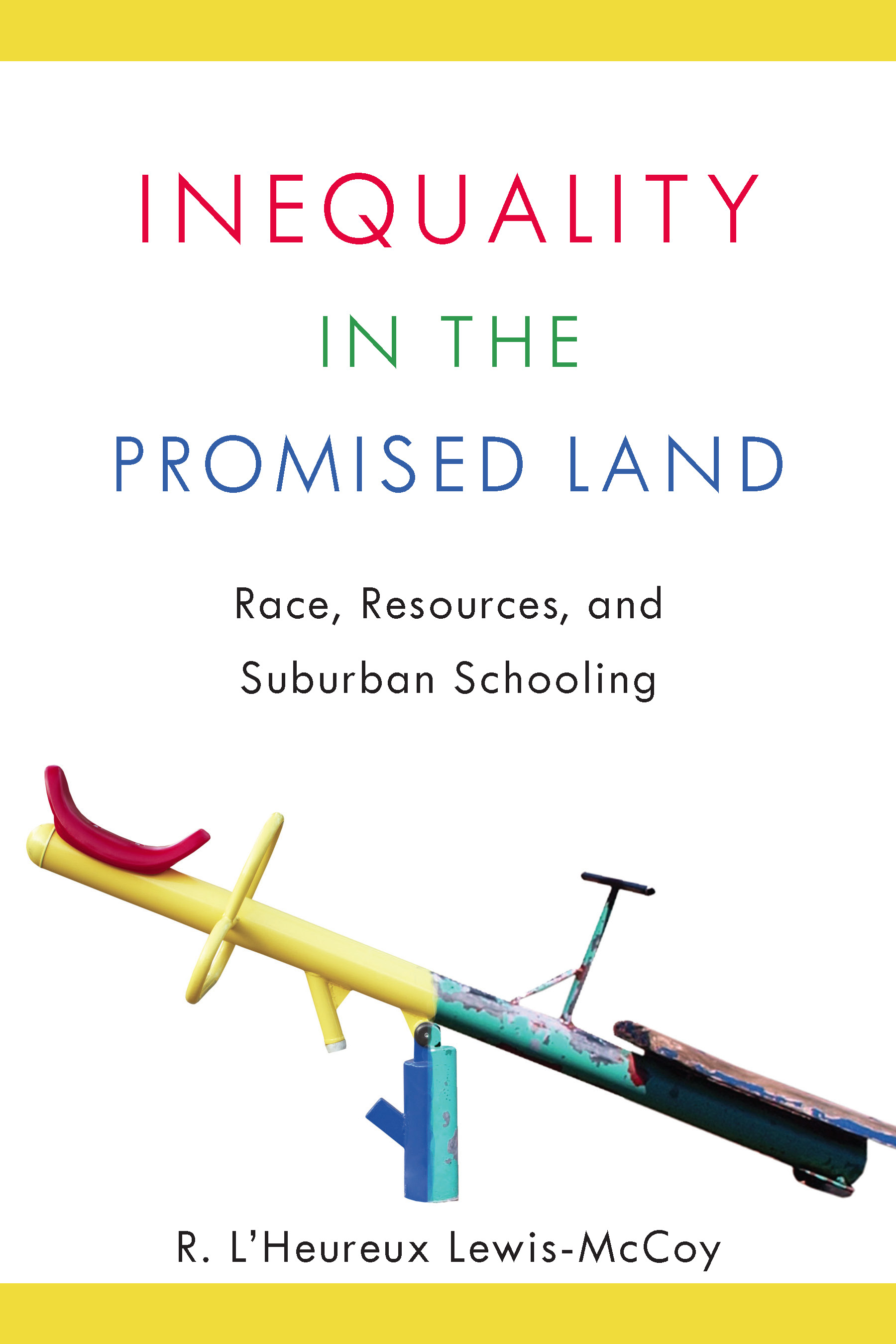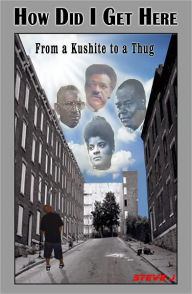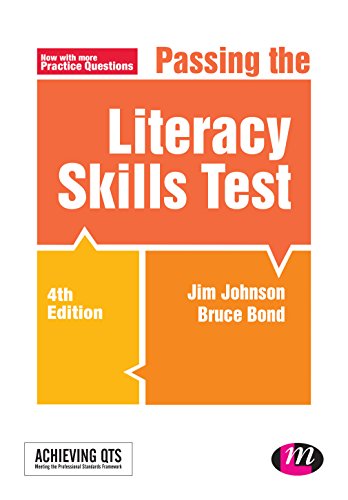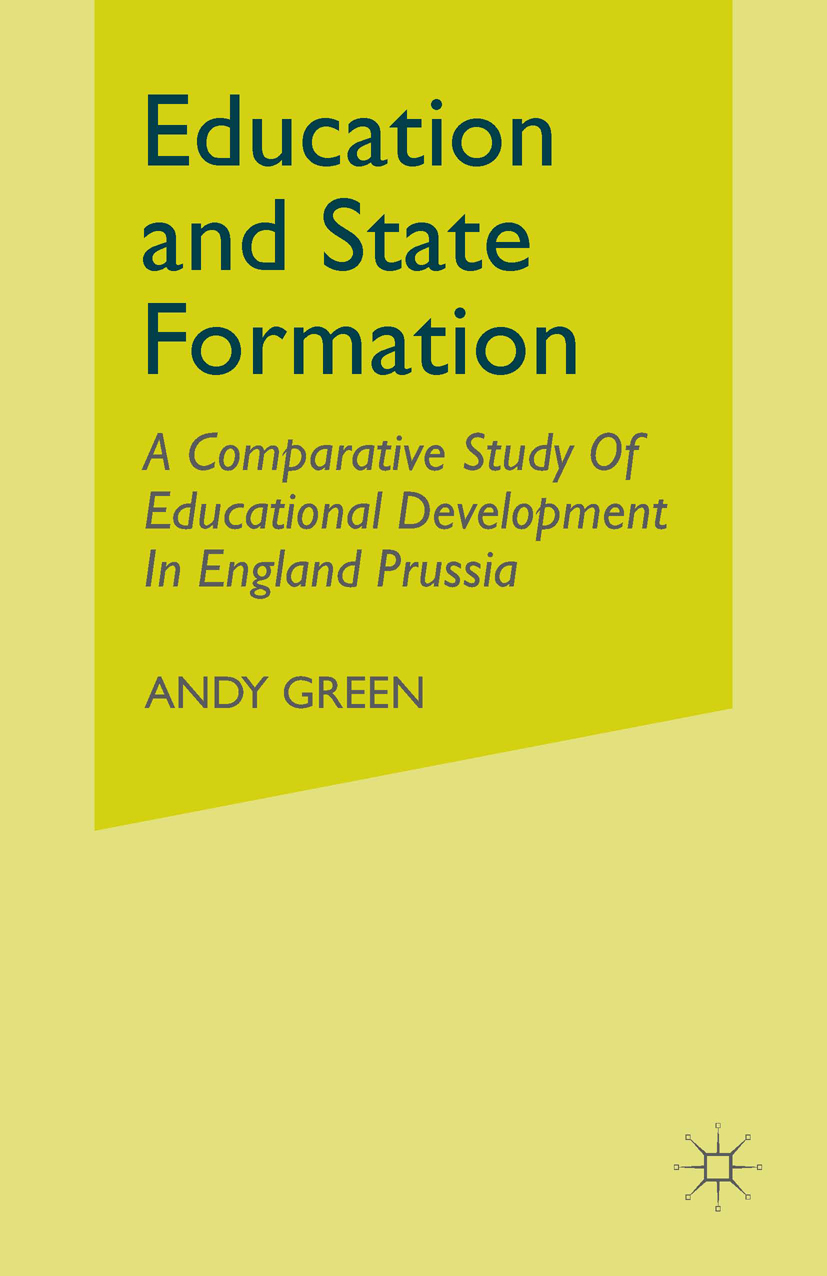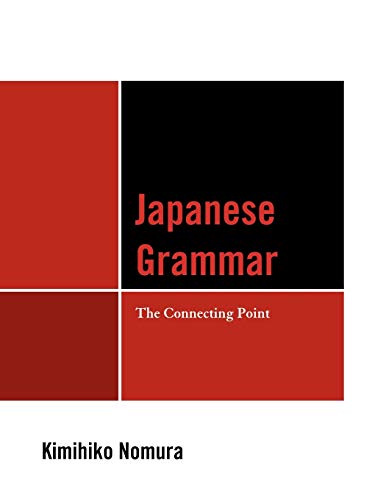Adriano Buergo: Roto: Epic of Survival Kendall
by Art Center
2020-05-29 04:29:05
Adriano Buergo: Roto: Epic of Survival Kendall
by Art Center
2020-05-29 04:29:05
Adriano Buergo (b. Havana, Cuba, 1964). Is a Cuban artist who is currently Miami-based. He completed his art studies at The Higher Institute of Art in Havana, Cuba, in 1988. Together with four other artists, he founded the art group known as Pur&eacu...
Read more
Adriano Buergo (b. Havana, Cuba, 1964). Is a Cuban artist who is currently Miami-based. He completed his art studies at The Higher Institute of Art in Havana, Cuba, in 1988. Together with four other artists, he founded the art group known as Puré. The work of Adriano Buergo, along with that of other Cuban artists of the 80's generation, engages socio-cultural themes. Adriano Buergo is a typical informant of one of the core orientations of the new Cuban Art; the connection of the popular urban culture with cultured art. Preceded by Acosta León and Torres Llorca, artists like Nilo Castillo, Ana Albertina Delgado, Tomás Esson, Ciro Quintana, Glexis Novoa, Segundo Planes, Lázaro Saavedra and Tonel are carriers of folklore very much alive in their medium of formation in which they continue rooted and at the same time they make with spontaneity sophisticated work that expresses from within, sensibilities, values and points of view of that media. Gerardo Mosquera.In the more recent paintings, Roto-Náutica, exhibited in 2017 at the Kendall Art Center in South Florida, Roto assumes the shapes and colors of his denied aspirations. Blues and violets, golds, white and grey. Against the persistent and dramatic darkness of backdrops that are his native soil, Roto twists into organic shapes, sprouts a wise foam of beard, petals into golds that appear like gelling flames. He is orgasmic and visionary, free and wrestling joyously with constraint. This may be a kind of pentecostal release for Roto, now that he is manifestly a trinity of simultaneous conditions: the prodigal son, the prodigal's brother, and the lamb of sacrifice. But he is also resplendent, daring to dance. If shadow remains the grammar of his soul, light is its new semantics. He survives vibrant, eschewing his youthful exhaustion, with the workings of memory and conviction intact. We will learn from him now what we have always needed to know. Ricardo Pau-Llosa.
Less


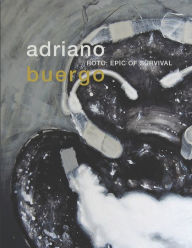



 Origini Della Lotta Attuale (476-1887); Quinta Edizione.jpeg)

